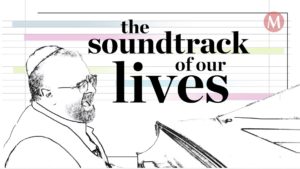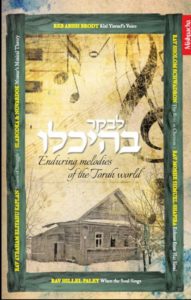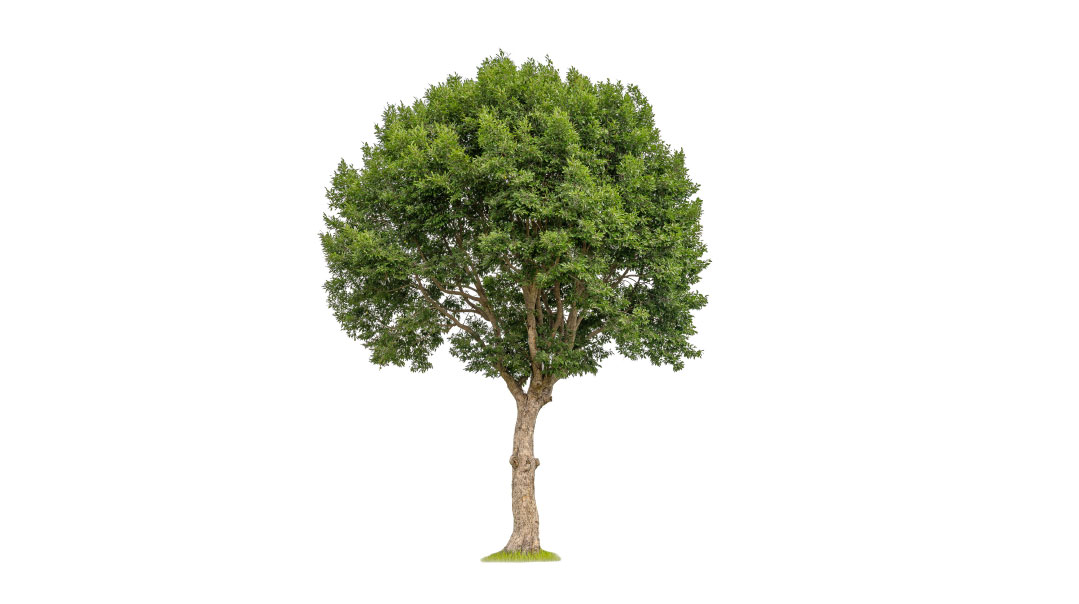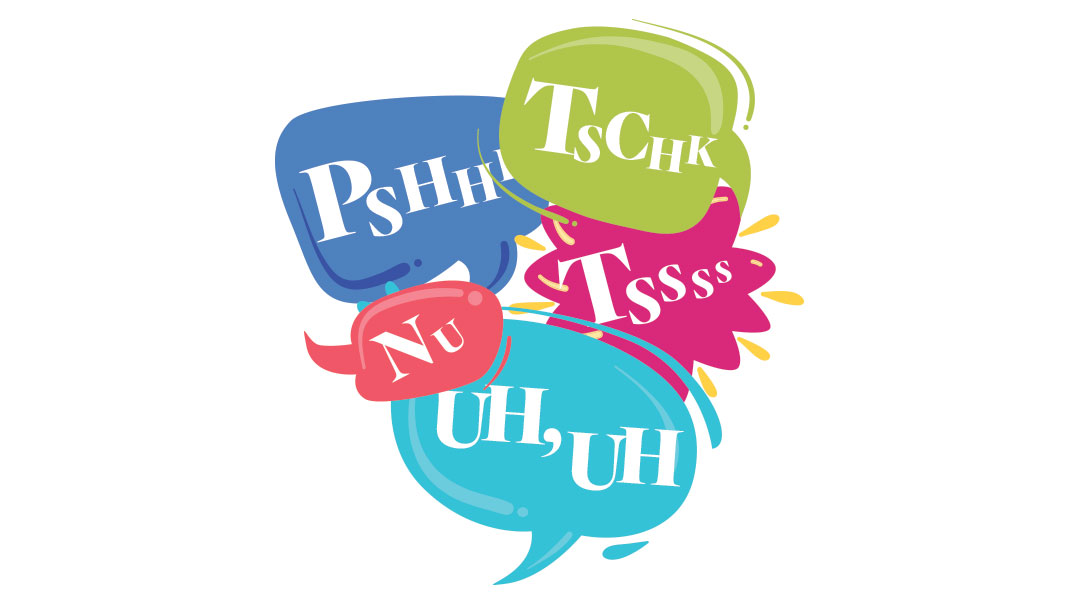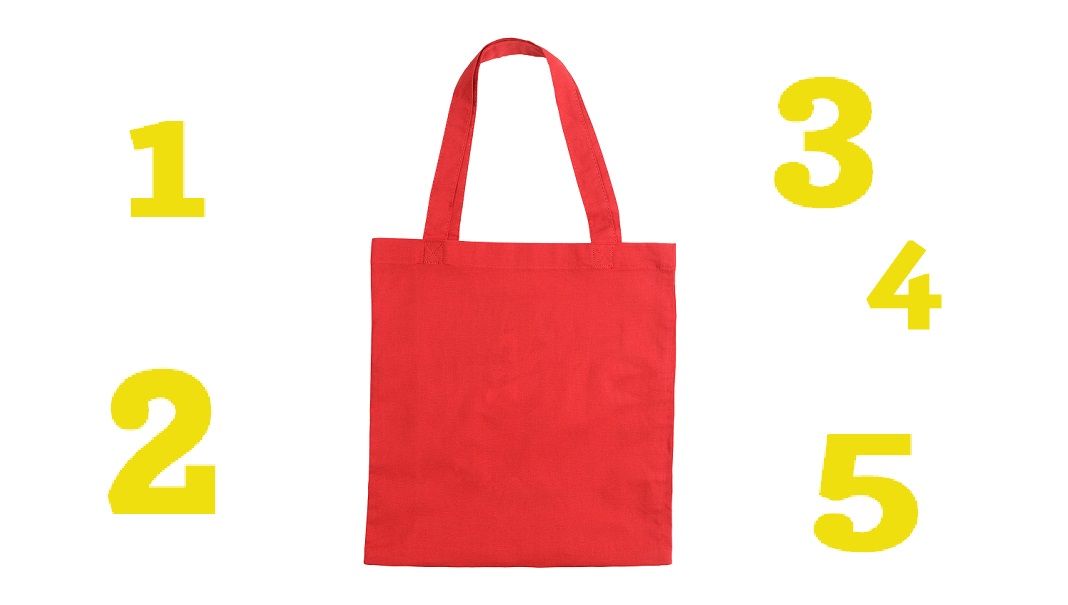Top Pictures of the Four Sons

As a young child, the part of the Haggadah most interesting for me was the Arba’ah Banim, the Four Sons. It wasn’t the text that held my interest so much, but the pictures. Each year, whatever Haggadah I was using would provide a religious Rorschach test of sorts to see which of the children I identified with most. More often than not, my sympathies lay with the Rasha. He was frustrated and moody in a way that made sense to my six-year-old self after being told I should only have less than a k’zayis of the delicious celery in salt water (the dish that for all I knew was in lieu of a normal Yom Tov meal). But regardless of which of the Sons really speaks to you, the artistic depictions throughout history tell us a lot about how we see other Jews and ourselves. Here are my Top 5 pictures:
Soldier On: Amsterdam Haggadah 1695
If you look at this one too quickly, it looks like the Rasha is getting ready to receive a long pass from a desperate quarterback. But this Haggadah remains one of the finest artistic rendering in printing history. The images, created by Avraham ben Yaakov Hagar, a convert, transmit the artist’s newfound appreciation for Jewish ritual and identity. Interestingly, the Rasha is depicted as a soldier. Given the atrocities facing the Jewish communities then, the ultimate depiction of evil in the Haggadah was a member of the military.
Smart Teddy: Haggadah — Illustrated Youth Edition, ArtScroll
The default Haggadah for much of my childhood was the ArtScroll youth edition. And it was in their depiction of the Four Sons that I first built up resentment for the Chacham. With his smug sweater vest and finger attentively following along, I could hear my mother’s voice wondering aloud, “Why can’t you be more like Moti Gottlieb,” my clean-cut friend who all of my misbehaviors were measured up against. The artistic renderings here were also a limud zechus for anyone who slept with a teddy bear a few years past the accepted cut-off point. There is no shame in cuddling up with a stuffed animal to lull yourself to sleep, so long as your furry friend models commitment to Torah values with a yarmulke and tzitzis. To this day, I am still suspicious that the real Chacham in this picture is the teddy bear.
Classy Rasha: Haggadah for Passover, Chicago 1879
This late 19th-century Haggadah was the first American Haggadah depicting the Four Sons. And, with considerably more class than the rebellious teens I was accustomed to, this Rasha is the one smoking at the Pesach Seder. As he’s clearly disinterested in halachah, I was always somewhat impressed that the Rasha at least had the decency to wear a pretty classy smoking jacket to the Seder table. As the Chacham follows along, pretending not to hear the jeers of his older rebellious brother, this drawing gives some insight into early American life and the perennial struggle of preserving a Jewish family in the face of modernity. You stay classy, Rasha.
Pinned Up: The Animated Haggadah by Rony Oren
For many years, this was the Haggadah we fought over. Replete with brilliant clay figurines depticting all the scenes of the Haggadah, it was an aspirational vision of what we could accomplish with Play-Doh, if we really put our minds to it. But the picture I loved most in this Haggadah were the Four Sons. And I’ll let you guess why. If you guessed the safety pin earring being won by the Rasha — you are correct. There was something so bizarrely rebellious about fashioning an earring from a safety pin, that it made sense to me growing up in the grunge era of the ’90s. To this day, when I walk into CVS to buy some safety pins, I ask, “In what aisle can I find your earrings?”
Green around the Edges: The Katz Passover Haggadah — The Art of Faith and Redemption, Rabbi Baruch Chait; Illustrations by Gadi Pollack
The first time I saw Rabbi Chait and Gadi Pollack’s Haggadah I was hooked. I grew up with Rabbi Chait’s 39 Avos Melachah book and I was woefully unprepared for the artistic realism of his Haggadah. Sure, it was exciting learning about Shabbos and seeing vivid depictions of sowing machines and watermelon pits, yet looking at the rendering of the Makkos is downright terrifying. But the stunning artistic vision doesn’t stop there. The Four Sons in the Haggadah also tell a vibrant story. I was always struck by the expression of the Chacham. This pedantic know-it-all seems to be about to question whether your Kiddush cup has a proper shiur. “Hmm, let me see here,” he seems to say, “so there are some poskim who might allow your little shot glass there, but hey, maybe you’re just a bedieved kinda guy.” My favorite, however, is — as always — the Rasha. Nothing says “mah ha’avodah hazos lachem” like Mr. Green Suit and Purple Tie, who seems to be selling you the used car of Pesach experiences. C’mon, it’s only got 100,000 miles on it. That may be so, but I’m not buying what this man is selling until he changes out of his outfit of affliction.
(Originally featured in Mishpacha, Issue 757)
Oops! We could not locate your form.




